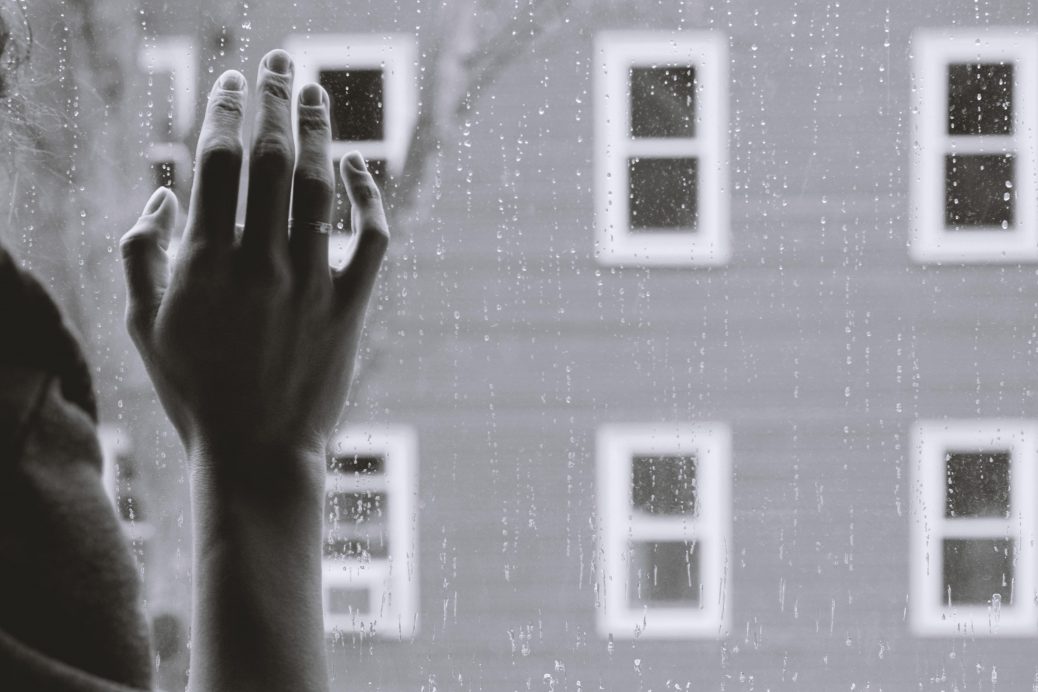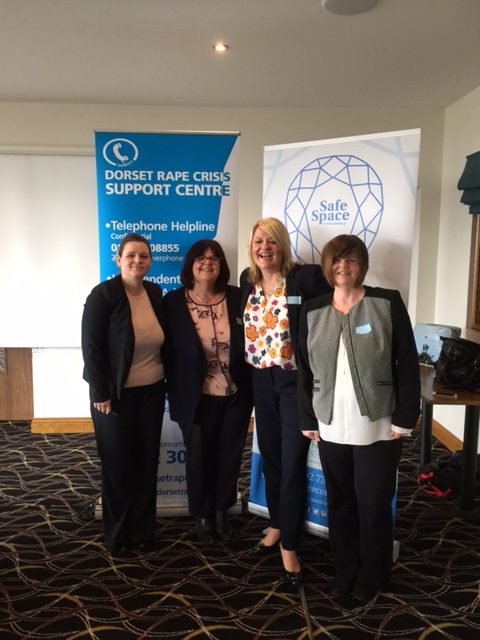What is Stalking Behaviour?
Fixated Obsessive Unwanted Repeated
I can understand that many of you who read this title may feel a little confused as the general awareness of someone being stalked is being physically followed down the street or an ex-partner lurking near the school gates trying to get a look at you or you have a sense of someone following you when you’re driving your car. Surely during lockdown, there must be some relief from this type of behaviour? Unfortunately, that is not the case.
For those who are victims of stalking behaviour outside the home, there is now the increased risk of cyberstalking through phone calls, text messages, email and social media. Listening to a podcast Recognising Risk with Suky Bhaker, CEO of Suzy Lamplugh Trust and Dr. Jane Monkton-Smith an expert on stalking behaviours, Frank Mullane of Advocacy After Fatal Domestic Abuse explains how stalkers will try to exploit every angle and could use self-isolation as an excuse to make contact with their victim, by offering to help out and trying to make themselves indispensable by shopping or collecting prescriptions for them, firmly placing their foot in the door, which further strengthens the opportunity for coercive control tactics. This is an excuse ex-partners will use to try and ingratiate themselves again.
- Crime Survey of England & Wales (2006) estimated 5 million people experience stalking each year
- Shockingly domestic abuse homicides have ‘doubled’ during the first four weeks of lockdown
There are strong links between stalking and domestic abuse which are often not recognised but needs to be if we are to save lives. In her report, Intimate Partner Femicide Dr. Jane Monkton-Smith describes the 8 Stages of stalking behaviour. The stages which present the greatest risk during lockdown are Stage 5: Coercive Control, Stage 6: Triggers, and Stage 7: Escalation. Within lockdown, victims are less visible and have less opportunity to raise an alarm, particularly if they are living with their perpetrator. Lockdown has provided an opportunity to intensify coercive control tactics, monitoring all activities in the home, on mobile phones and computers and using spyware to access texts, emails and bank accounts. Taking control of the household finances, not allowing their partner access to money or to do the shopping. If they do, there is likely to be a tracking device on their car or they are timed to the second on how long it takes to travel to the shop/pharmacy, to do the shopping and travel home again. The victim is terrified of putting a foot wrong at this point. For others they are unable to leave the home at all, not even to access medical care. It becomes less about stalking and more about surveillance, Stalking for the 21st Century, see Tech Abuse.
The triggers for increased risk of harm from a perpetrator of abuse and stalking is often the threat of or the actual breakdown of a relationship, this is the most dangerous time for their victim. Lockdown itself is a trigger for increased abuse, being cooped up in the home all day and the pressure builds. The problems and risk within the relationship are brought to the surface and the dangers become apparent. Where at least one member of the family went out to work, this would provide a release from the pressure at home. For the victim, work provided a safe space and an escape route. For some, this option is no longer available and the threat of ending the relationship due to the abuse is real. This is when Stage 7, Escalation of the abuse happens. There have been reports of increased physical violence during lockdown, which can sadly lead very quickly to domestic homicide.
How are we able to identify who is at risk and provide safe and appropriate support to those that need it? Keep in regular contact with those who you feel may be at risk, a family member, a friend or a neighbour. There is often only a small window of opportunity to recognise signs or for them to reach out for support and make contact in any way e.g. they may appear more stressed or frightened, less willing to talk, not answering the phone, or have stopped posting on social media. Domestic Abuse and Stalking Agencies are still working remotely and can help if you feel someone you know is at risk and you don’t know how best to help them. Or contact the Police who will intervene. The Suzy Lamplugh Trust have a new tool on their website to help identify if someone is a victim of stalking which can be accessed here: https://www.suzylamplugh.org/Pages/Category/am-i-being-stalked
To further understand stalking behaviour follow link to https://safespaceconsultancy.org/why-workplaces-are-high-risk-for-victims-of-stalking/
Further, support and information can be accessed via www.safespacecosultancy.org










